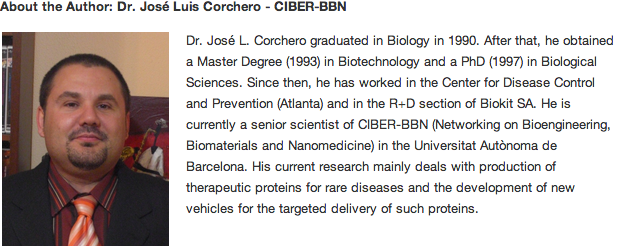During the sample preparation for the purification of recombinant proteins, there are several considerations that will influence its development. All preparation steps, which are thoroughly explained in our protein purification handbook, are important and we have to pay attention to them.

This post is an excerpt from our protein purification handbook, which explains the basics of recombinant protein purification. Download The Basic Guide to Recombinant Protein Purification here:
On the other hand, clarification during the preparation for chromatographic purification is also very important, since whole cells or even cell debris, organelles or other cytoplasmic components cannot be passed through a chromatography column. After the clarification step, the sample should be in an adequate buffer so that the interaction with the column is optimal. For this clarification step, centrifugation or filtration are usually performed. Both methods are conceptually easy steps, but they tend to be problematic when working with large volumes. Due to this, it’s recommended to achieve maximum concentration during the first stages in order to keep a reduced sample volume and in that way simplify the subsequent work.
Protein stability is another factor to take into consideration, since protein structure must be maintained in order to not lose any type of biological activity. Cell lysis produces the release of proteases that affect this structure; therefore, stability tests help us to choose the best, less harmful procedure. Changes in temperature, pH and salinity can also affect the protein. There are proteins that are very stable with which we can work in a more permissive manner, while there are others that are more unstable and that we have to protect with inhibitors and more controlled conditions.
Finally, detection and quantification come into play. We have to consider that in all of the steps we mentioned, we need to have a system to track the amount of the target protein and its recovery after each purification step. It would be also helpful to have an enzymatic assay in order to check if there is some loss in protein activity (we may recover a large protein amount, but it can be useless if we are affecting its biological activity).
We can see that there are steps to take into account before, during and after the purification. It’s very important to do a bibliographic search beforehand, in order to have as much information as possible. Due to this, if we have little information, multiple mistakes can be made in the process and the protein might be affected during the purification.
Did you find this post interesting? You can check this related post in order to learn more about protein purification:





